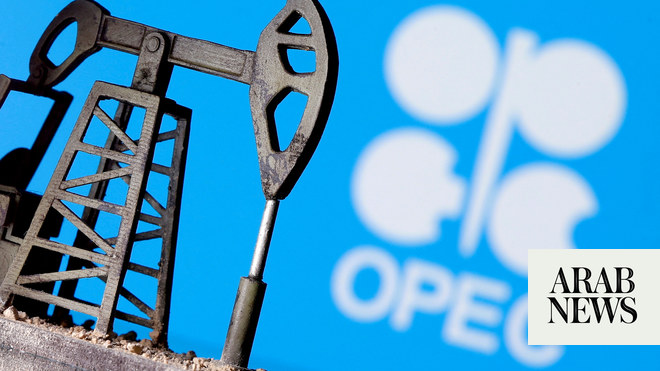
By 2023, combined production of oil and gas is expected to reach close to record level
STAVANGER: Norway’s oil output will grow by 43 percent from 2019 to 2024 as new fields come on stream and older production facilities are upgraded, forecasts from the Norwegian Petroleum Directorate (NPD) showed on Thursday.
The numbers show a revival for Norwegian crude production, which last year fell to its lowest level since 1989 as older fields gradually depleted their reserves.
By 2023, combined output of oil and gas is expected to reach close to the record level seen in 2004, the agency said, although gas would have a greater share than before.
“This time oil will account for about half of the total,” NPD chief Ingrid Soelvberg told a news conference.
Crude output from the country’s offshore fields is now predicted to hit 2.02 million barrels per day in 2024, up from a 30-year low of 1.41 million last year, as major oilfields Sverdrup and Castberg gradually come on stream.
“After two years of lower output, production will rise again in 2020, mainly due to the startup of Johan Sverdrup but also due to other finds,” Soelvberg said.
Natural gas production is predicted to rise to 117.1 billion cubic meters (bcm) in 2020 from 113.2 bcm in 2019, but below a previous forecast of 120.2 bcm, it added.
The NPD now expects Norway’s oil output to total 1.76 million barrels per day in 2020, up from a previous forecast of 1.74 million made a year ago.
While exploration increased in 2019, to 57 wells from 53 the previous year, it will likely decline to 50 wells in 2020, the NPD said.
Exploration in the Barents Sea in the Arctic brought only one discovery last year, an area that once had been expected to be a new oil and gas province for the Nordic country.
State-controlled Equinor and its partners earlier on Thursday announced plans to further extend production from their Statfjord field, which has been producing since the 1970s and is now expected to remain on stream beyond 2040.
While Norway supports the 2015 Paris climate agreement, and aims to sharply reduce its domestic carbon emissions in the coming decades, it also says it will continue to pump and sell petroleum to others for as long as demand exists.
The Sverdrup field is expected to remain in production for at least a half century, according to Equinor’s plan.










